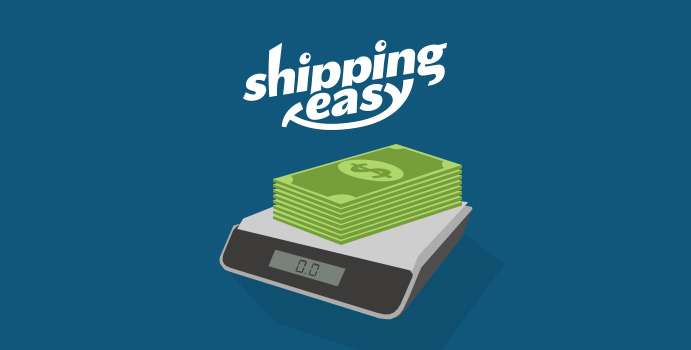Mostly everything in the shipping industry runs off of weight. The heavier a package is, the more expensive it is to ship (with a few exceptions). Therefore, getting accurate weight measurements for your packages is essential if you don’t want to get overcharged for the items you’re shipping, or worse, have your carrier reject your package for an incorrect weight reading.
Because of this, a postal scale is a fundamental tool to any person or business that ships daily. Most shipping services function off the weight of a package, and I’ll go over the basics of getting started with shipping scales if you are exploring what’s out there and how to go about it.
Types of Shipping Scales
Now, there is plenty of variety out there when it comes to scales in general. Digital, non-digital, luggage scales, postal scales, bodyweight scales, food scales, and so on. For the purpose of ecommerce shipping, the best scale to go for is a USB digital postal shipping scale.
Benefits of a USB digital postal scale over other scale types:
- USB connectivity allows you to directly connect to certain programs and software (like ShippingEasy) to save an extra step of reading and entering weight outputs from your scale into a computer when weighing a package.
- Digital allows for quick, accurate, and easy weight measurements
- Postal scales are designed for weighing postage, so they usually feature a fairly wide, flat surface for you to place packages on to get a reading.
- Typically measure packages in the ounces and pounds to account for shipping services that have rates rise in smaller increments (e.g. First Class Mail that has rates in ounce changes)
Using a regular scale, food scale, luggage scale, or some other generic scale will sacrifice at least one of the above benefits, so a real postal scale is advised if you’re running a business.
Which Scale Should I Buy?
Like any product in the world, there is no shortage of brands and models of scales out there. For the sake of simplicity and looking at what’s available, pricing, reviews, performance, and compatibility with software/operating systems, DYMO stands out as a brand that adequately hits all of these points.
In general, scale prices go up with the higher weight thresholds they support. You can save a bit of money if you don’t anticipate any of your orders now or in the future to pass a certain lbs. amount.
DYMO Postal Scales for ecommerce businesses (using Amazon links):
DYMO M3 – 3 lb. weight limit ~$20
DYMO M10 – 10 lb. weight limit ~$40
DYMO M25 – 25 lb. weight limit ~$45
DYMO 1776112 – 250 lb. weight limit ~$120
Curiously, user review ratings generally seem to go down as weight threshold goes up. This could be a coincidence, but scales are not simple machines, they tend to break or show inaccurate readings no matter how reputable the brand. Keep your warranty close at all times and don’t hesitate to contact your manufacturer if anything goes wrong. However, many reviews report using their scales for years on end with no issue, but no manufacturer seems to gather perfect reviews across the board for any product they put out.
Using Your Postal Scale
Using a scale is a fairly straightforward process. You turn it on, place what you want to weigh on top, and jot down the numbers for whatever reason you want them for.
Some scales have a USB connection that allows you to connect your scale directly to specific software to lower the amount of steps you need to use the reading on your scale. For example, using ShippingEasy’s feature ConnectEasy, you can have your scale weight reading sent directly to the order you’re processing, and ShippingEasy will use that weight to calculate rates across various shipping services and carriers.
Conclusion
This will get you started on using postal shipping scales. Find what your needs are for your business, and be aware that scales can be fickle devices. If you run an ecommerce business, you’ll quickly find that a scale is basically a necessary investment, so being prepared will help you in the long run.
Rob Zaleski
Latest posts by Rob Zaleski (see all)
- USPS 2023 Shipping Rate Changes - November 16, 2023
